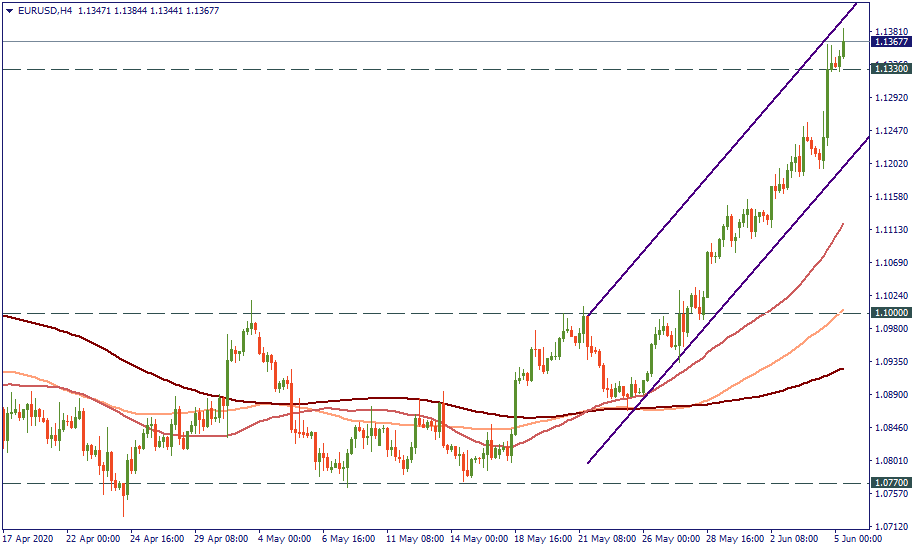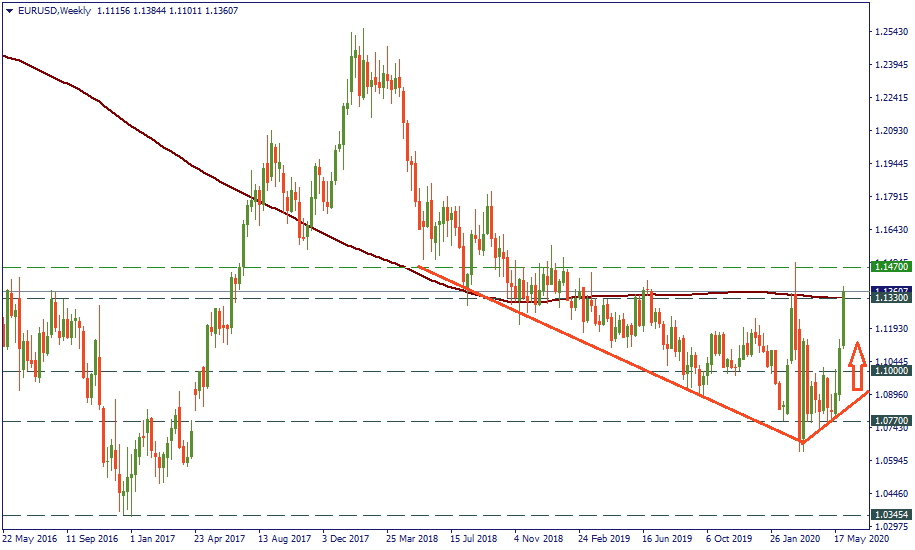
The G20 summit took place in Bali, Indonesia, on November 2022…

Don’t waste your time – keep track of how NFP affects the US dollar!
Data Collection Notice
We maintain a record of your data to run this website. By clicking the button, you agree to our Privacy Policy.

Beginner Forex Book
Your ultimate guide through the world of trading.
Check Your Inbox!
In our email, you will find the Forex 101 book. Just tap the button to get it!
Risk warning: ᏟᖴᎠs are complex instruments and come with a high risk of losing money rapidly due to leverage.
71.43% of retail investor accounts lose money when trading ᏟᖴᎠs with this provider.
You should consider whether you understand how ᏟᖴᎠs work and whether you can afford to take the high risk of losing your money.
Information is not investment advice
The recent economic announcements bring brighter expectations to the European market. The ECB’s increase in the bond-buying program by 600bln Euro gives more reassurance that there will be a swifter recovery. The European stock market takes on a risk-on mood and marches ahead of the US stocks, indirectly adding positives vibes to the EUR. At the same time, while the general economic outlook is not dim enough to push investors to the USD, they are cautious of the domestic disturbances in the US. Altogether, the USD enjoys less attention while the EUR enjoys more of it – so the EUR/USD rises.
The first two-thirds of the month of May saw the EUR/USD flowing inside of the horizontal channel 1.0770 – 1.1000. After May 20 things changed: it broke the upper border of the channel and started rising, eventually climbing above 1.1330. The configuration of the MAs changed accordingly: 50-MA, 100-MA, and 200-MA are now re-positioned in correct ascending order. Therefore, technically, there is no stopping to this trend so far – at least, it still has room for continuation until it reaches the March high of 1.1470. Can we expect it? Yes, we can. But we have to be aware that this rising is pretty much a consequence of a local positive affection of the market on some good news from the ECB in terms of financial aid to the Eurozone. As soon as this affection ends – and very possibly, it does once the EUR/USD reaches the resistance of 1.1470 – there will be not much impulse for the EUR to keep pushing. Unless there is more good news from the EU, which is quite unlikely as the ECB recognizes itself that the recovery is falling into the worst-case scenario.

Strategically, however, we have to recognize a different picture. The structure and parameters of the European economy haven’t improved, even if we remove the virus from the list of factors. However, the crisis created by COVID-19 and the ensuing restrictions revealed some deep cracks in the Eurozone’s integrity to the extent that the Union as such was doubted at times. Furthermore, the effects of this crisis will stay after the virus itself is gone away: economically, it increased the polarity in the EU and widened the economic and political distance between the member states. In the long-run, that may erode EUR’s grounds of stability. The racial issues in the US are unlikely going to be of the same economic gravity to the USD as the inter-state disputes in the EU are to the EUR. Therefore, unless the internal racial disparities bring the US down to a completely chaotic dystopian state like in “Mad Max”, the strategic positioning of the USD will stay stronger than that of the EUR.
1.1330 is a strategic resistance level reinforced by the 200-week Moving Average. The price is testing it currently, bending the 2-year downtrend into a straight horizontal direction. To actually break this trend, the currency pair needs to trade consistently above the support of 1.1000, which currently is the nearest tactical checkpoint for bears. Therefore, even in the case of a long-term bullish reversal, initial retrace down to 1.1000 is likely to happen first. After that, if the EUR is strong, the currency pair will diminish fluctuations to go along 1.1000 or above it (which strategically is more unlikely that not). Alternatively, the EUR/USD will fall back into the downtrend it, and 1.10770 will be there to indicate that.


The G20 summit took place in Bali, Indonesia, on November 2022…

The deafening news shocked the whole world yesterday: the British Queen Elizabeth II died peacefully at the age of 96…

After months of pressure from the White House, Saudi Arabia relented and agreed with other OPEC+ members to increase production.

eurusd-is-falling-what-to-expect-from-the-future-price-movement

Greetings, fellow forex traders! Exciting news for those with an eye on the Australian market - the upcoming interest rate decision could be good news for Aussies looking to refinance or take out new loans. The Mortgage and Finance Association Australia CEO, Anja Pannek, has...

Hold onto your hats, folks! The Japanese yen took a nosedive after the Bank of Japan (BOJ) left its ultra-loose policy settings unchanged, including its closely watched yield curve control (YCC) policy. But wait, there's more! The BOJ also removed its forward guidance, which had previously pledged to keep interest rates at current or lower levels. So, what's the scoop? Market expectations had been subdued going into the meeting, but some were still hoping for tweaks to the forward guidance to prepare for an eventual exit from the bank's massive stimulus
Your request is accepted.
We will call you at the time interval that you chose
Next callback request for this phone number will be available in 00:30:00
If you have an urgent issue please contact us via
Live chat
Internal error. Please try again later